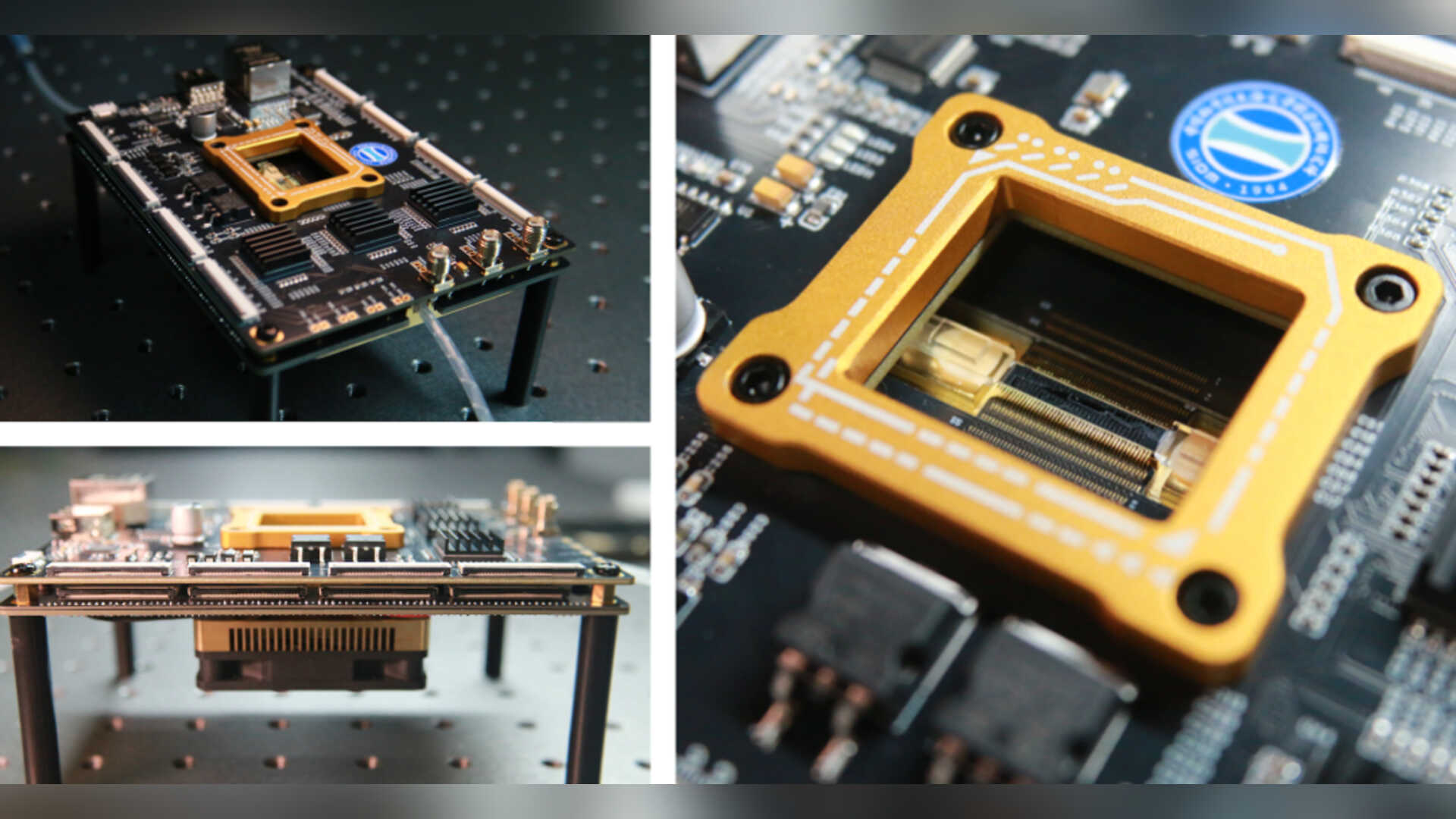2025-06-23 中国科学院(CAS)
 An illustration of the ultra-high parallel optical computing chip. /Shanghai Institute of Optics and Fine Mechanics
An illustration of the ultra-high parallel optical computing chip. /Shanghai Institute of Optics and Fine Mechanics
<関連情報>
- https://english.cas.cn/newsroom/cas_media/202506/t20250623_1046022.shtml
- https://elight.springeropen.com/articles/10.1186/s43593-025-00088-8
100波長多重並列光コンピューティング Parallel optical computing capable of 100-wavelength multiplexing
Xiao Yu,Ziqi Wei,Fangyuan Sha,Xinyu Wang,Yanqi Chu,Zhen Wang,Xilin Han,Hongwei Wang,Shulan Yi,Yuhu Cheng,Guangwei Hu & Peng Xie
eLight Published:17 June 2025
DOI:https://doi.org/10.1186/s43593-025-00088-8
Abstract
In the era of artificial intelligence, the computing hardware is of critical importance, with various new modalities explored. Information processing using photons, with abundant intrinsic degrees of freedom, as the carrier could embrace low loss, high speed, low latency, low power consumption, and high parallelism. Here, harvesting the intrinsic frequency channels, we propose and demonstrate a parallel optical computing architecture powered by a soliton microcomb source, a broadband Mach–Zehnder interferometer (MZI) mesh and a parallel MZI mesh computing model. The examinations validate the system’s capability to perform over 100-frequency channel multiplexed parallel optical information processing. Both spectral consistency and matrix consistency exceed 0.9. This achievement enables a 100-fold increase (and even beyond) in optical computility through ultra-high parallelism without scaling up the chip size, offering a novel technological pathway for future optical computers.


